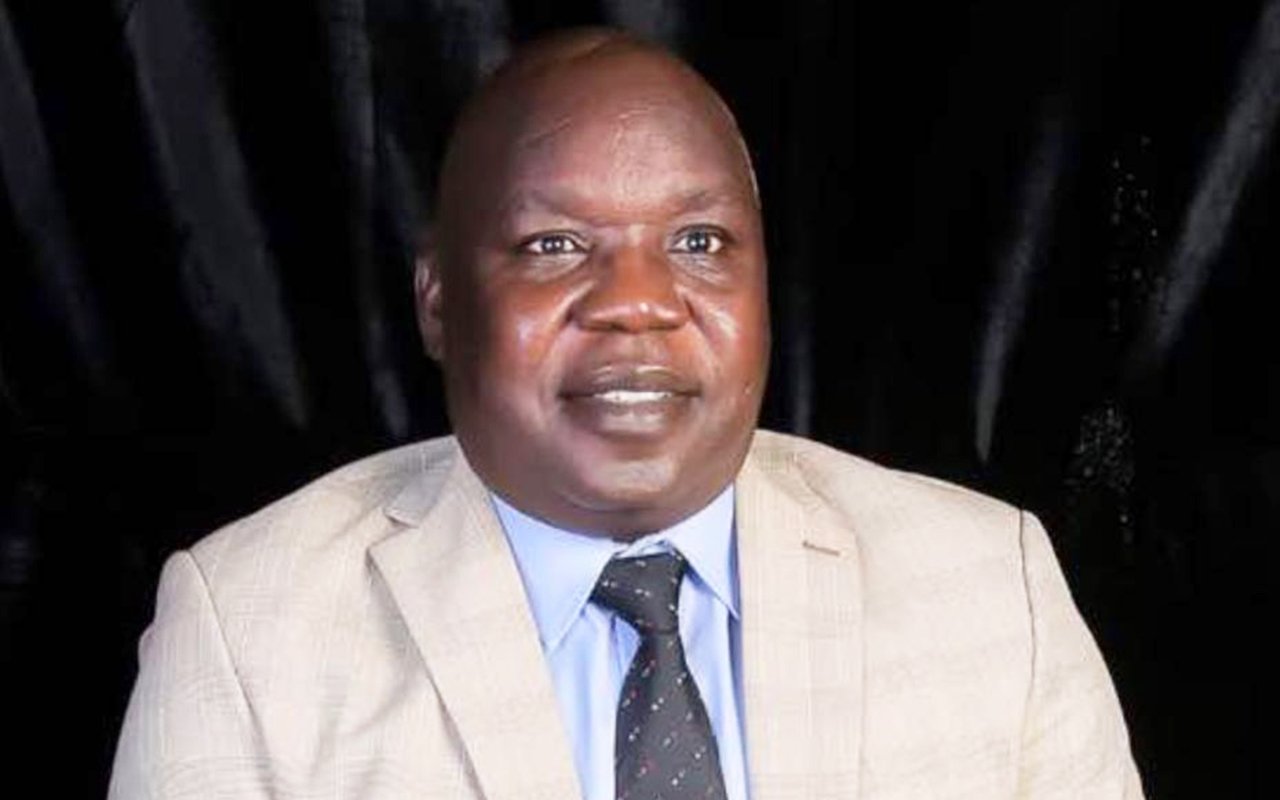EAC making progress on ensuring Lake Victoria is safe

Bishop Samuel
What you need to know:
- “The principal objective is ...improvement of livelihoods through increased investment in maritime transport and fishing on Lake Victoria."
Lake Victoria, known as one of the largest freshwater bodies globally, holds profound significance for the millions residing in the surrounding countries.
However, despite its importance, the countries have challenges in maritime communication and transport infrastructure, thereby, hindering the lake’s full economic potential.
As members of the East African Community (EAC) and also members of the Lake Victoria Basin Commission (LVBC), a series of sessions were held in Tanzania on the subject of maritime infrastructure. I will focus on an analysis of the Multinational Lake Victoria Maritime Communication and Transport (MLVMCT) Project.
This initiative, led by LVBC , whose headquarters are in Kisumu, Kenya, in collaboration with national executing agencies from Tanzania and Uganda, stands as a pivotal endeavour towards fostering economic growth, enhancing regional integration, and improving maritime safety across the East African region.
The MLVMCT project, approved on October 24, 2016, with a sovereign status and a planned completion date of April 30, 2022, focused on the communications sector. The project aimed at addressing maritime transportation and navigation safety intervention areas and aims to provide safe, efficient transport links and conduct fishing activities essential for poverty reduction and sustainable development. The project seeks to reduce maritime accidents, improve security, and bring efficient and affordable communications to Lake Victoria communities.
The project emerged as a comprehensive solution to these challenges. By envisioning the establishment of a Regional Maritime Coordination Centre (RMCC) and enhancing maritime facilities and training institutes, the initiative aims to ensure safer navigation and communication on Lake Victoria. Moreover, it seeks to foster trade, tourism, and fisheries management while nurturing collaboration among partner states, thereby advancing the overarching goal of regional integration and cooperation.
The progress achieved thus far in the implementation of the MLVMCT project is commendable. Key milestones such as the signing of contracts, commencement of construction works, and allocation of funds for the regional centre in Mwanza, Tanzania, signify tangible strides toward enhancing maritime infrastructure in the region.
Additionally, efforts in Uganda, including the construction of Search and Rescue (SAR) centres, women’s fish drying sheds, and a maritime training facility, underscore a holistic approach towards capacity-building and infrastructure development.
The principal objective is to contribute to broad-based poverty alleviation and improvement of livelihoods through increased investment in maritime transport and fishing on Lake Victoria. Specifically, it aims to establish a maritime communications system for safety, including the establishment of a regional centre, search and rescue centres, and produce a maritime transport strategy for the EAC.
The Lake Victoria basin is shared by Kenya, Uganda, Tanzania, Rwanda, and Burundi. With approximately 35 million people, the lake is the source of income and livelihood for nearly four million people.
Despite the progress, the MLVMCT project faces challenges that require proactive measures. Delays in payments and disbursements pose a significant risk to the project’s timeline, while rising water levels may impact implementation activities. Additionally, the constrained timeline for project implementation necessitates careful planning and coordination.
To address these challenges, proactive mitigation measures are imperative. Expediting payments through engagement with relevant government agencies and requesting additional time for project completion are crucial steps.
The MLVMCT project is a big deal for East Africa. It’s all about making Lake Victoria safer and easier to navigate, which will help boost the economy, improve people’s lives, and bring countries in the region closer together.
So, it’s not just about making the lake better—it’s about making the whole region better.
The author is the head of communications and media relations at the Ministry of EAC –Uganda.




